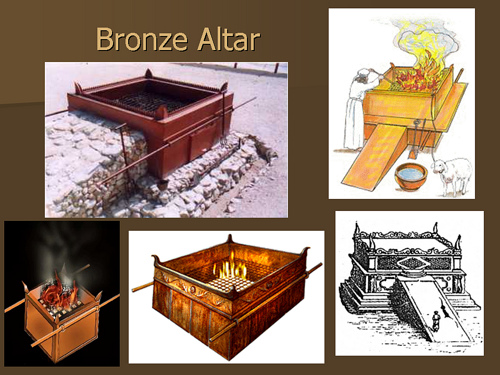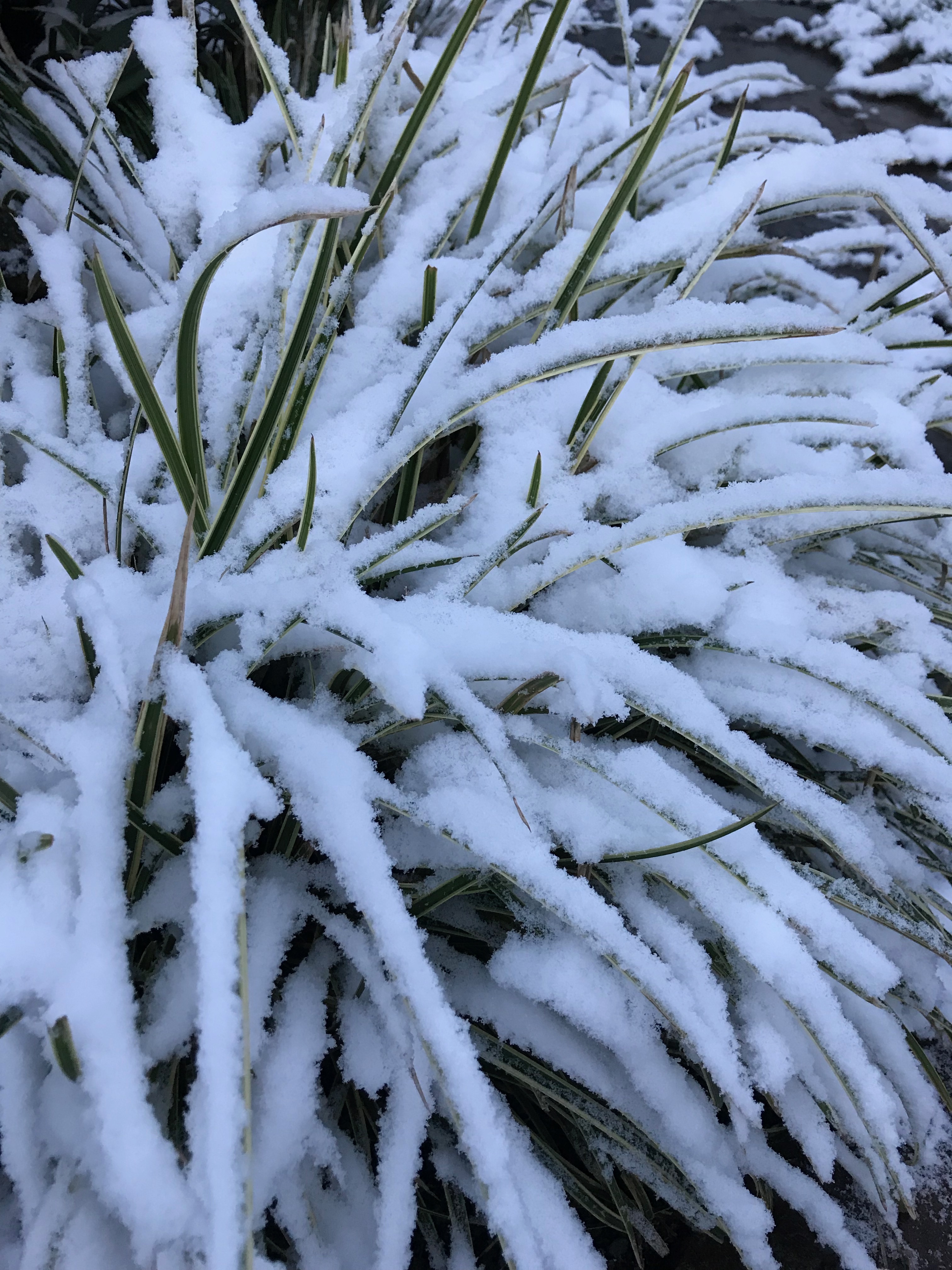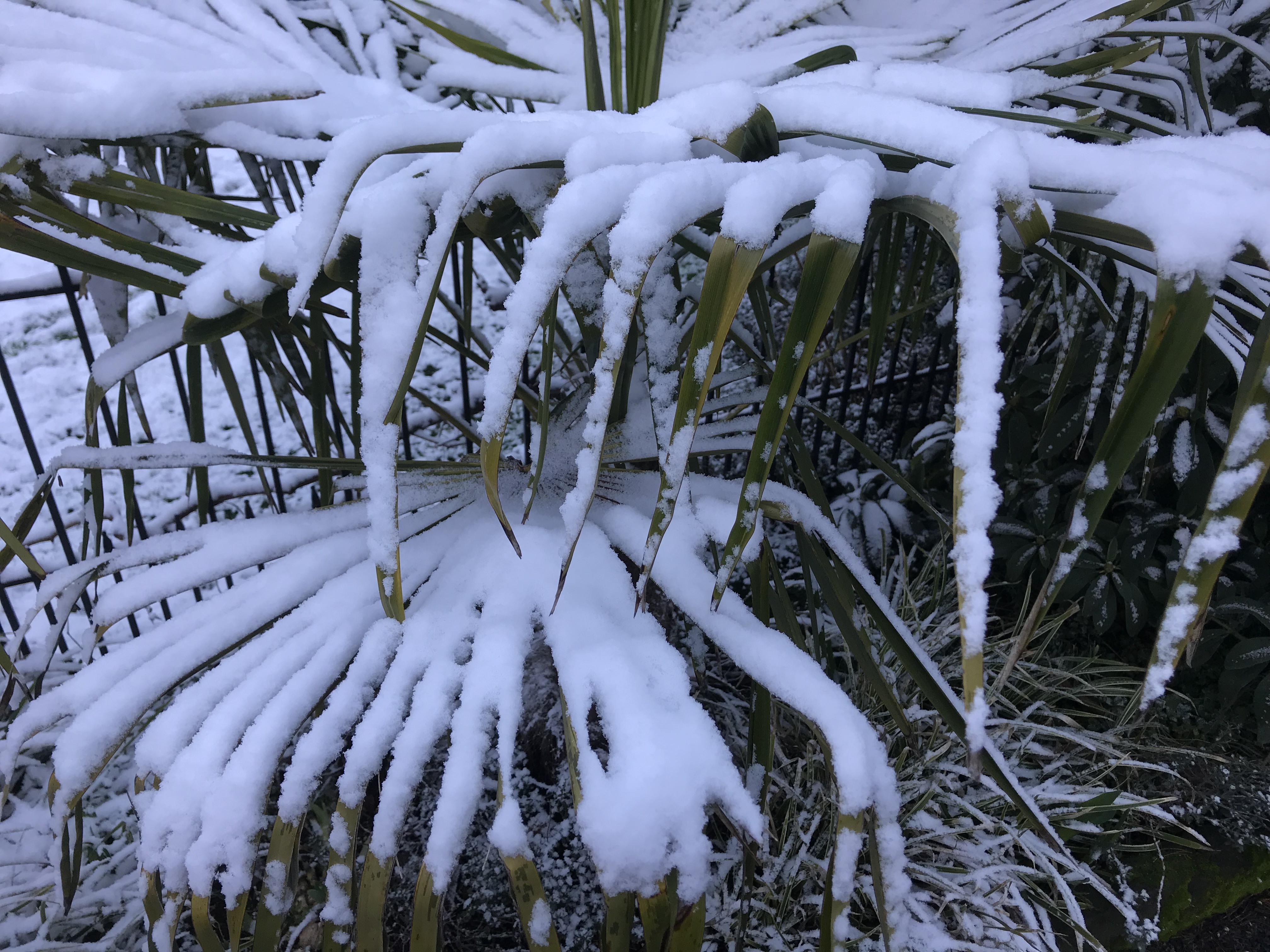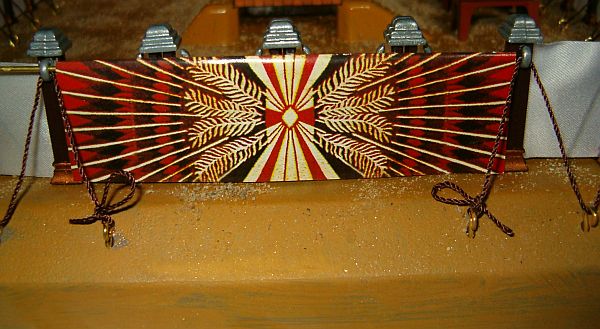Exodus 27:9–19, Court of the tabernacle. The tabernacle’s outer court was approximately 150 feet long by 75 feet wide (or 11,250 square feet, which is about one-fourth of an acre) in size.
The curtains of the outer court (Exod 27:9–19) were made of fine white linen and was seven-and-a-half feet tall. The linen curtains speak of robes of righteousness the bride of Yeshua will wear on her wedding day (Rev 19:8).
Sixty pillars supported the outer curtain. They were set in heavy bronze (or brass) bases topped by silver capitals. These pillars represent redeemed humanity wearing robes of righteousness. Wood symbolizes humanity, while bronze symbolizes judgment against man because of sin, and silver represents redemption or Elohim’s ransom price for man’s sin.
The Outer Curtain in More Details.
The outer curtain was approximately 150 feet long by 75 feet wide and seven and-a-half feet tall. The curtain was just tall enough so that a tall man could not look over the top and see inside. The curtain was made of fine-twined white linen which stood in stark contrast to the surrounding gray-brown drab desert surroundings. White linen represents robes of righteousness. The priests wore white linen robes (Exod 28:39–43) and the bride of Yeshua is expected to wear such garments (Rev 19:8). YHVH’s people are called a nation or kingdom of priests (Exod 19:6; 1 Pet 2:9; Rev 1:6; 5:10; 20:6). Men’s righteousness is as filthy rags (Isa 64:6) and our sins have separated us from Elohim (Isa 59:2), but YHVH has made provision for man’s sins to be washed away and for man to become white as wool or snow (Isa 1:18).
This curtain formed a barrier between man and Elohim, between the profane or polluted and the sacred and pure. The height of the curtain was just a little taller than a tall man to teach unsaved man that the way of salvation is not impossible for him to achieve, yet it is just beyond his reach, as well, without coming through the prescribed way—through the Continue reading











